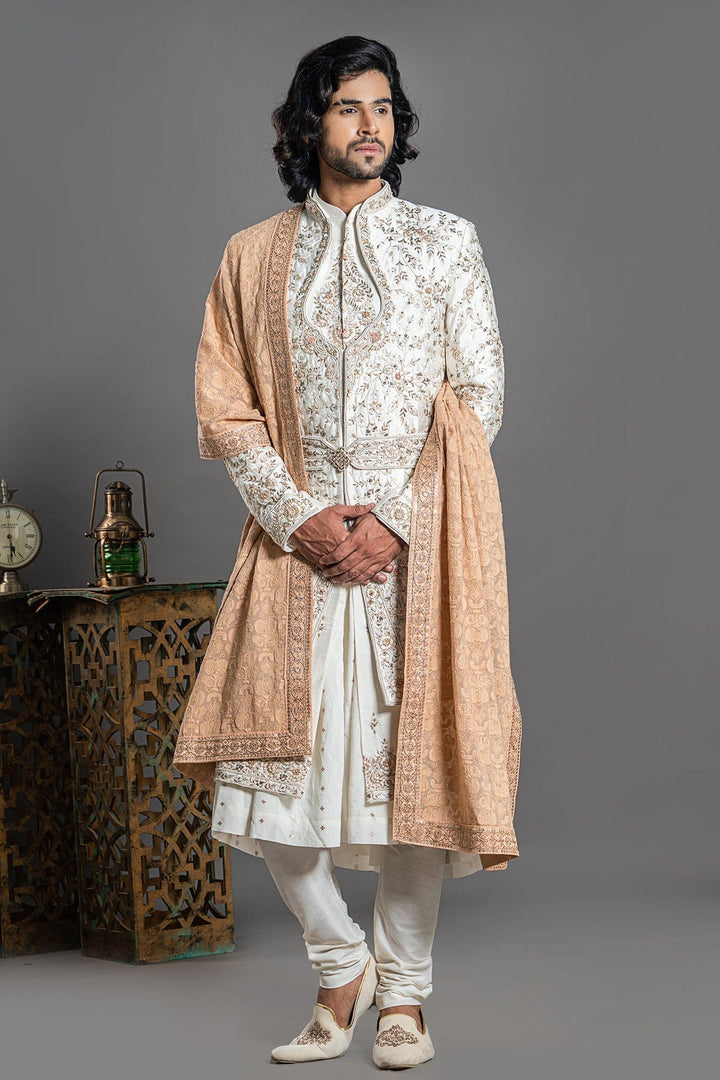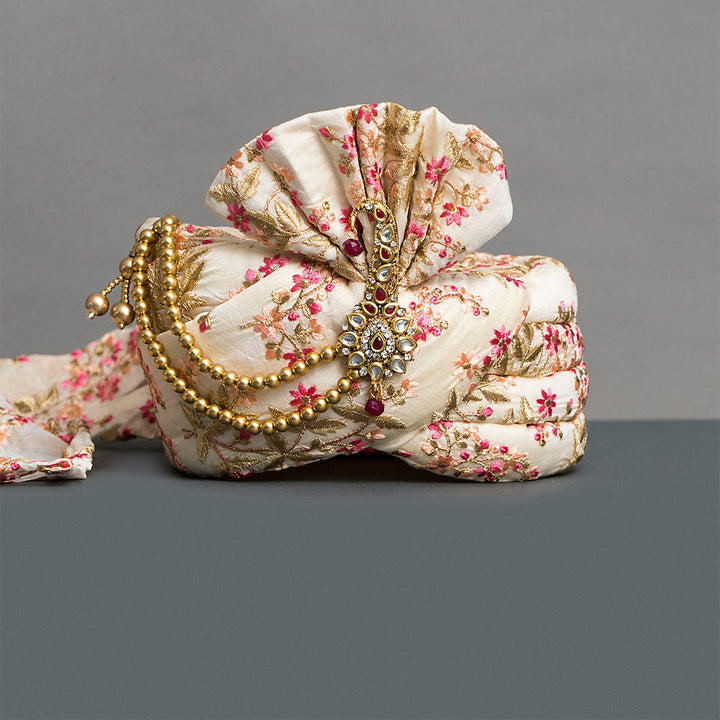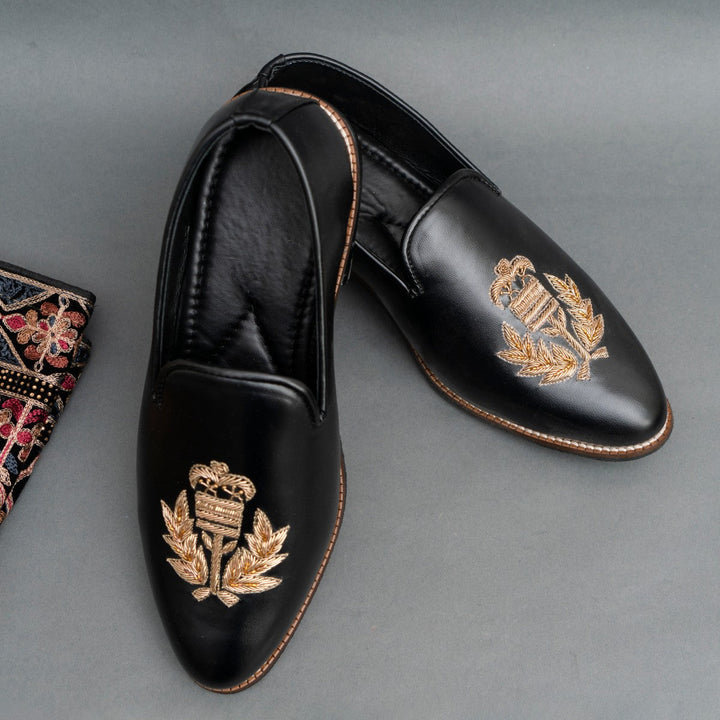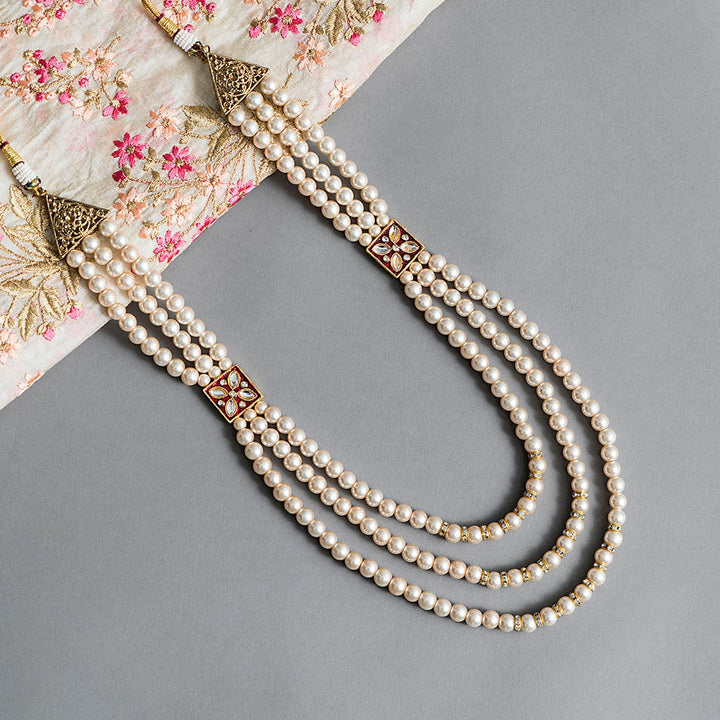Importance of selecting the right sherwani for the groom's big day
The sherwani, a garment that stands for elegance and cultural richness, is incredibly significant in an Indian groom’s attire. Originating from the royal courts of the Mughal era, the sherwani fuses regal charm with contemporary flair, making it an indispensable element of a groom's ensemble. Adorned with intricate embroidery and embellishments, and tailored to a perfect fit, the sherwani transforms the groom to mark the significant life event that is his wedding. It is the timeless appeal of the sherwani that makes it the classic choice for wedding attire.
Historical background and evolution of sherwanis
The roots of the sherwani lie in the opulent courts of the Mughal Empire during the 18th century, where it was considered a symbol of prestige and aristocracy. Originally a fusion of Persian and Indian influences, the sherwani showcased intricate designs and luxurious fabrics of the Mughal era. Over time, the sherwani underwent transformations, adapting to changing fashion sensibilities while retaining its core elegance. The British colonial period further influenced the sherwani, incorporating tailored elements that gave it a European touch. Traditional sherwanis boast embellishments, intricate embroidery, and classic silhouettes inspired by historical designs. In contrast, modern sherwanis embody contemporary aesthetics with streamlined cuts, minimalistic designs, and a focus on sleek sophistication. Today, the sherwani stands as a testament to the enduring legacy of cultural fusion, embodying a blend of historical aesthetics and contemporary fashion.

Regional variations in sherwani designs
Just like everything else in India, the sherwani also changes in each region and symbolizes the uniqueness of each of them. From the regal Bandhgala of North India, adorned with symmetrical buttons and a structured fit, to the vibrant and intricately embroidered designs of Rajasthan and Gujarat, each region adds its unique imprint to the sherwani. In the South, sherwanis often feature simpler yet equally elegant embellishments and the eastern states contribute to it with their artistic threadwork and distinctive cuts. The western coastal regions favour lighter fabrics and breezy styles. These regional nuances in the embroidery patterns, fabric choices, and overall aesthetics, transform the sherwani into a dynamic cultural artefact. The regional diversity in sherwani designs not only mirrors the geographical richness of India but also adds a layer of cultural depth.
Preparing for your big day involves many decisions, but none more significant than choosing the perfect sherwani. As the focal point of a groom's ensemble, the sherwani holds immense cultural importance. To ensure you present absolute confidence and grace, here are some tips on how to choose a sherwani for wedding.
What Factors to Consider When Choosing the Perfect Sherwani for a Wedding?Body type and personal style
A perfectly fitting sherwani is non-negotiable. It enhances your silhouette and ensures you look impeccable on your special day. Invest time in finding a skilled couturier who can create a sherwani that complements your body shape and allows for ease of movement. Sherwani styles range from classic to contemporary. Take the time to explore and understand your personal style preferences. Whether you lean towards traditional elegance or modern sophistication, identifying your style will streamline the shopping process.
Matching or Contrast with Bride's Lehenga
Coordinate your sherwani with the outfit your bride decides to go with to create a harmonious look for the wedding ceremony. Ensuring that the colours and styles complement each other, be it matching or contrasting, will create a stunning visual harmony in your wedding photographs.
Colour Selection and its Cultural Implications
While gold and maroon sherwanis remain timeless, contemporary grooms are open to experimenting with more hues. Consider your skin tone and personal preferences when selecting the colour of your sherwani. Experimenting with unconventional colours can add a modern twist to the traditional ensemble. For example, a pastel blue sherwani goes great with the Sangeet ceremony whereas a white sherwani is a perfect choice for the ring ceremony.
Before diving into sherwani shopping, consider the specific ceremonies at your wedding. Figure out your style and the cultural significance of each event to ensure your sherwani aligns with the formality and traditions of your celebration.
Fabric Choices and Their Suitability for Different Seasons
The sherwani fabric plays a pivotal role in both aesthetics and comfort. Silk, brocade, and velvet are popular choices, each exuding its unique charm. Also, think of the weather on the day that you will be wearing the sherwani. Summer weddings call for lighter fabric whereas heavier fabrics suit winter weddings. At the end of the day, ensure that the fabric is comfortable to wear for extended periods, given the duration of wedding ceremonies.
Latest Trends in Sherwani Fashion
Popular Colours and Patterns in Contemporary Sherwanis
In terms of contemporary sherwanis, colours and patterns redefine groomswear aesthetics. Subdued yet regal colours like steel grey, navy blue, and charcoal are the current favourites, infusing a modern touch while maintaining a sense of sophistication. Patterns such as geometric motifs, floral embroideries, and abstract designs are also incredibly popular, adding a flair to traditional ensembles. From subdued palettes to intricate detailing, today's sherwanis reflect the evolving landscape of cultural fashion, where tradition embraces the vibrancy of contemporary style.
Innovative designs and embellishments
The beauty of sherwanis lies in their intricate embellishments. From zardozi work to delicate embroidery, choose embellishments that resonate with your style. Be mindful not to overpower the ensemble, as a delicate balance makes for a tasteful appearance.
Celebrities setting trends in sherwani fashion
Celebrities have long been trailblazers in setting trends, and the world of sherwani fashion is no exception. From Bollywood weddings to international red carpets, celebrities have showcased a penchant for experimentation, opting for unique colours, unconventional cuts, and avant-garde embellishments. Influential Bollywood figures like Ranveer Singh and Varun Dhawan, along with global icon Nick Jonas, have been instrumental in popularizing the fusion of traditional sherwanis with contemporary styles. Their sartorial choices, often bespoke creations from renowned designers, have become defining moments, inspiring grooms worldwide to embrace a more eclectic and personalized approach to their wedding ensembles.
What Are the Best Sherwani Accessories?
Turbans and Headwear Choices
Turbans and headwear choices play a pivotal role in complementing the grandeur of sherwanis. The traditional 'safa,' a fabric turban adorned with intricate embroidery and embellishments is a popular choice for traditional weddings. Alternatively, the 'pagdi' or 'turban' signifies regional diversity, with various styles hailing from different parts of India. The choice of turban or headwear becomes a distinctive element in completing the groom's look, offering a perfect fusion of tradition and personalized flair on their special day. The best way to pick the perfect headwear is to look around the store where you get your sherwani. Stores like Raaya that sell sherwanis also have turbans and headwear in their inventory.
Footwear Styles That Complement the Sherwani
Choosing the right footwear is a crucial element in completing the groom's sherwani ensemble. Traditional Indian footwear, such as 'juttis' or 'mojaris,' crafted with intricate embroidery and embellishments, complements the regal charm of sherwanis. These traditional shoes offer both style and comfort. For a contemporary twist, grooms often opt for classic leather 'kolhapuris' or polished formal shoes, aligning with modern fashion sensibilities while maintaining an elegant look. The choice between traditional and modern footwear styles allows grooms to express their individuality, ensuring they step into their new journey with confidence and style.
Coordinating jewellery and other accessories
Selecting the right jewellery and accessories is a nuanced art when it comes to coordinating with a sherwani. For traditional ensembles, grooms tend to go for classic pieces like intricately designed necklaces, embellished 'kalgi' or turban pins, and statement bracelets that align with the aesthetic of the sherwani. Modern interpretations, on the other hand, lean towards sleeker accessories such as minimalist watches, cufflinks, and lapel pins, allowing for a sophisticated fusion of tradition and contemporary style. The colour and embellishments of the sherwani often influence accessory choices, ensuring a cohesive and harmonious look.
Frequently Asked Questions (FAQs)
A. How do I determine the right colour for my sherwani?
While gold and maroon sherwanis remain timeless, contemporary grooms are open to experimenting with more hues. Consider your skin tone and personal preferences when selecting the colour of your sherwani. Experimenting with unconventional colours can add a modern twist to the traditional ensemble. Consider the specific ceremonies at your wedding. Figure out your style and the cultural significance of each event to ensure your sherwani aligns with the formality and traditions of your celebration.
B. What are the latest trends in sherwani fashion?
In terms of contemporary sherwanis, colours and patterns redefine groomswear aesthetics. Subdued yet regal colours like steel grey, navy blue, and charcoal are the current favourites, infusing a modern touch while maintaining a sense of sophistication. Patterns such as geometric motifs, floral embroideries, and abstract designs are also incredibly popular, adding a flair to traditional ensembles.
C. How far in advance should I start shopping for a sherwani?
Depending on the date of the event start your sherwani shopping well in advance to allow time for alterations and customization. Planning a few weeks ahead should suffice in the off-season whereas shopping a couple of months in advance is better during peak wedding season. Either way, giving enough time for selection and alterations ensures a stress-free experience and the opportunity to explore various options before making a final decision.
D. Can I customize my sherwani to include specific elements?
Yes, stores like Raaya offer to customize your sherwani to your specifications. This can include colour, fabric, accessories and even embellishments.
E. What accessories should I consider with my sherwani?
Pay attention to accessories like turbans, dupattas, footwear, and sherwani necklaces. Coordinating these elements with your sherwani completes the overall look and adds a touch of finesse. Stores like Raaya that sell sherwanis also have such accessories in their inventory.
F. How do I ensure a perfectly fitted sherwani?
Invest time in finding a skilled couturier who can create a sherwani that complements your body shape and allows for ease of movement. A well-fitted sherwani will not just ensure that you look perfect but also that you enjoy your day without any discomfort.
In conclusion, sherwani shopping is a momentous task that requires thoughtful consideration and research. By understanding the cultural significance, defining your style, and paying attention to details, you'll find the perfect sherwani that reflects your personality and makes you feel confident on your wedding day.
As you embark on this task of selecting the perfect sherwani, consider the exquisite collection at Raaya. We offer the best designer sherwanis for men that are crafted with precision, blending tradition and modernity seamlessly. Elevate your wedding day with Raaya, where each garment tells a story of timeless elegance and cultural pride.
